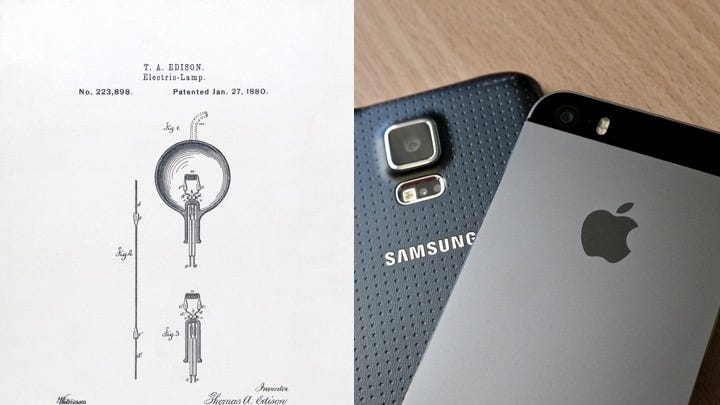Continued from Part III
When people ask what lessons I’ve learned from Sidecar, there are the obvious ones about competing against well funded companies and the role of marketing. But one factor isn’t widely discussed: Uber and Lyft violated our patent and we couldn’t do a thing about it. A different attitude about patents would have changed the history of the industry.
I didn’t think much of my patent until the late 2000s when I started thinking about transportation again. Patents had become valuable and had impact. At Brightmail I built the company around a key patent that ended up being seminal for email security. While at Brightmail, I didn’t think the patent helped us much. After the sale to Symantec, however, I heard from competitors it served as a barrier, and they spent a lot of time trying to avoid violating it.
In the fall of 2011, I sent notes to Uber executives offering to license our patents. We offered again to Lyft and Uber in 2012. The deal I had in mind would have given us revenue from the licensing and also put their ride service on a more comprehensive service that allowed people to share rides on Uber or Lyft or taxis and also order bus and transit rides. We wanted to create our Shared Ride service and leverage what Uber and Lyft had already created. Combined with access to carsharing and transit, it would replace the need for owning a car. But my vision of a grand deal didn’t last long because I either got cold silence or a “not interested” from both companies. I was flabbergasted. They were just going to walk over the patent and ignore it?
That began a series of efforts to try to figure out whether we could take action against Uber and Lyft. We learned some basic facts about how hard it is to litigate patents, so we put it aside to focus on the business. Then, as they continued to roll out services that infringed more and more on the patent, such as Lyft Line and Uberpool, we would look again. What we learned is that it is really, really hard to enforce patents these days. You have to be a large, well capitalized company with a dedicated legal staff. We got estimates ranging from $6 million to over $10 million to enforce a patent, not to mention the massive distraction of depositions, and “discovery,” the process of turning over documents related to a lawsuit. There was no way we could afford to sue Lyft or Uber and they knew it. So they just ignored us.
There was another factor. In Silicon Valley, enforcing a patent is seen as somehow uncouth and against the values of innovation. We heard from potential investors, some board members, and members of the startup community sentiment like, “We fight over markets, not over patents.”

Luckily for us, other industries cared more about patents. When we were forced to put the company up for sale in 2015, we realized the patent portfolio might be valuable outside the Silicon ethos. And indeed, in auto, retail, and more traditional industries, potential buyers did look at the patent as valuable. It helped us get to an asset sale to General Motors in January of 2016.
Well, that is the story. Its one that is still unfolding. With autonomous cars the cost of a ride will make ridesharing cheaper than owning a car, even cheaper than transit. The disruptions are going to be massive and widespread, affecting the automobile industry, wages and employment, city planning, real estate, insurance, even organ donation (the major source of healthy organs is, sadly, from auto accidents). It’s amazing to contemplate and I’m proud of my small part in helping it come to life.
(originally published on Medium March 1, 2017)